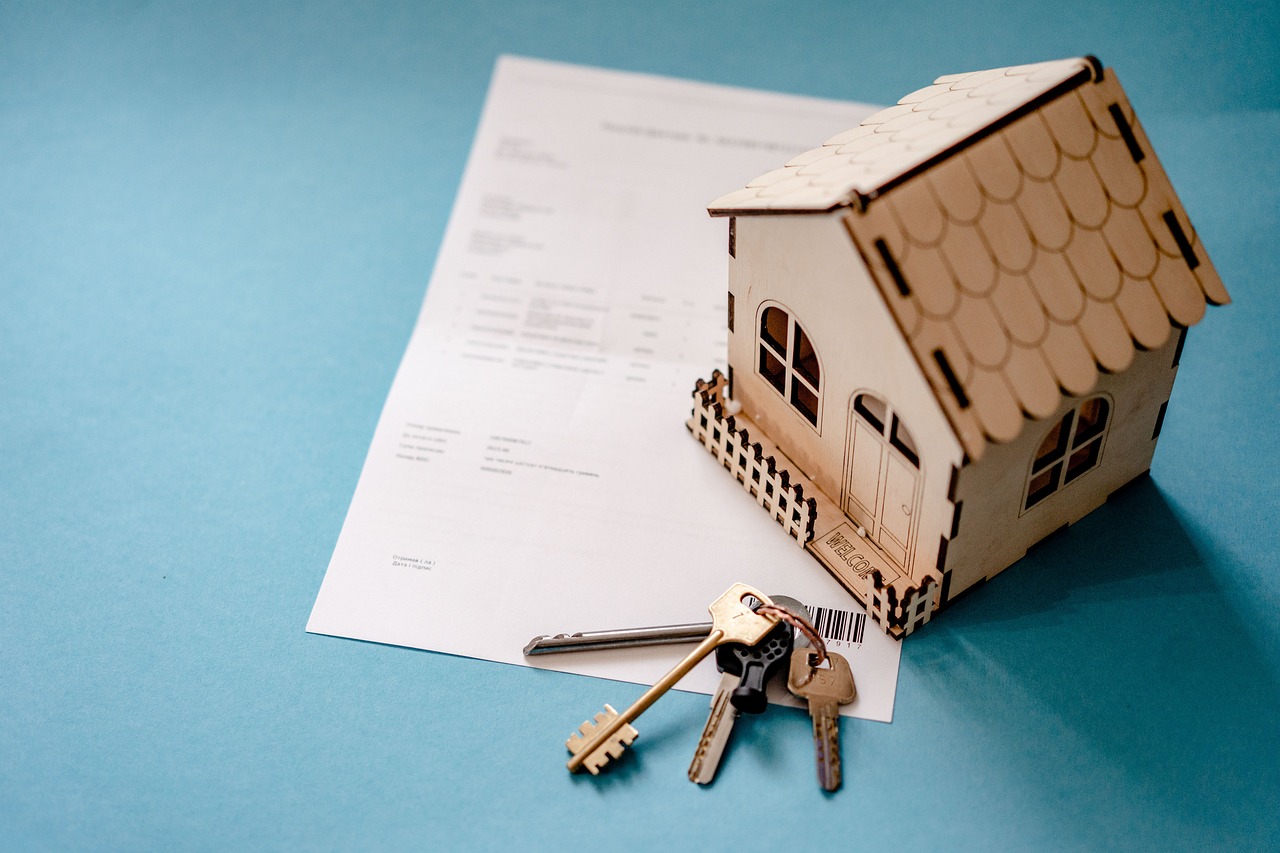Rich Dad Poor Dad emphasizes that real estate can be one of the most rewarding investments, but it’s not without its risks. As Robert Kiyosaki points out in his famous book, the key to success in real estate often lies in understanding and avoiding common pitfalls.
Whether you’re a seasoned investor or just starting out, recognizing these mistakes early can save you significant time, money, and stress.
The Importance of Financial Education
Kiyosaki emphasizes the importance of financial education throughout Rich Dad Poor Dad. One of the biggest mistakes real estate investors make is jumping in without fully understanding the financial implications.
This includes everything from the terms of your mortgage to the long-term costs of property ownership. Without a solid financial foundation, it’s easy to underestimate expenses, over-leverage, or fail to see potential red flags in a deal.
Mistake #1: Not Doing Proper Market Research
Why Market Research is Crucial?
One of the cardinal sins in real estate is failing to do your homework. Investing in a property without thoroughly understanding the local market can lead to overpaying, difficulty finding tenants, or an inability to sell the property later on.
Market research is not only about knowing the current property prices but it’s about understanding the area’s long-term potential and the demand for rentals. It also includes the economic factors that could influence property values.
How to Conduct Effective Market Research?
Start by analyzing the local economy, job market, and population trends. Are people moving into the area, or is it experiencing a decline?
Look at comparable property sales, rental rates, and vacancy rates to gauge the market’s health. Kiyosaki would advise treating this research like a business—don’t rely on guesswork or emotion; rely on data.
Avoiding the Emotional Investment Trap
It’s easy to fall in love with a property because of its charm or location, but as Kiyosaki points out, emotion should never drive an investment decision. Stick to the numbers—if they don’t add up, it’s not a good deal, no matter how much you want it to be. Always remember that you’re investing for profit, not personal preference.
Mistake #2: Over-Leveraging and Mismanaging Debt
The Dangers of Over-Leveraging
Using borrowed capital to increase the potential return of an investment, is a double-edged sword. While it can increse your gains but it also has ability to amplify your losses.
Kiyosaki warns against the dangers of over-leveraging, where an investor takes on too much debt relative to the property’s income potential. This can lead to a situation where you’re unable to cover your mortgage payments. Especially if the market takes a downturn or the property remains vacant for an extended period.
Managing Debt Wisely
Avoid over-leveraging because it’s important to be realistic about the property’s cash flow. Ensure that the rental income can cover the mortgage payments, taxes, insurance, and maintenance costs with room to spare.
Kiyosaki’s advice is to use good debt . Good debt is backed by solid cash flow and appreciation potential and avoid bad debt. Bad debt can quickly turn a profitable investment into a financial burden.
The Importance of an Emergency Fund
Unexpected expenses are a part of real estate investing—whether it’s a sudden repair, an extended vacancy, or changes in the market. Kiyosaki advocates for having a financial buffer or emergency fund to cover these unexpected costs.
This not only protects you from financial strain but also allows you to make better decisions without the pressure of immediate financial obligations.

Mistake #3: Failing to Diversify Your Real Estate Portfolio
The Risks of Putting All Your Eggs in One Basket
Diversification is a key concept in any investment strategy, and real estate is no exception. Focusing all your investments in a single property type or location increases your exposure to risk.
For instance, if all your properties are in one area and that market experiences a downturn, your entire portfolio could suffer. Rich dad poor dad focuses on approach of spread out investments across different property types like residential, commercial, multi-family and geographical areas to reduce risk.
Building a Balanced Real Estate Portfolio
Consider investing in different types of real estate that respond differently to market changes to build a diversified portfolio. For example, while residential properties may provide steady income, commercial properties could offer higher returns with different market dynamics.
Diversification also means considering investments in various locations, balancing high-growth areas with more stable and established markets.
Regular Portfolio Review and Adjustment
Kiyosaki advises treating your real estate investments like a business. This means regularly reviewing your portfolio’s performance and making adjustments as needed.
If a particular property isn’t performing as expected, consider whether it’s time to sell, reinvest, or diversify further. The goal is to ensure that your portfolio remains balanced and aligned with your long-term financial objectives.
Conclusion
Real estate can be a powerful tool for building wealth, but it’s not without its challenges. You can avoid some of the most common mistakes that trip up investors by learning from the principles outlined in Rich Dad Poor Dad. Proper market research, smart debt management, and diversification are all crucial to building a successful real estate portfolio.
Remember, the key to success in real estate is continuous learning and adaptation. Markets change, and so should your strategies. By staying informed and applying Kiyosaki’s lessons, you can navigate the complexities of real estate investing with confidence and achieve the financial independence that “Rich Dad Poor Dad” champions.





[…] Also Read: Rich Dad Poor Dad: How to Avoid Mistakes in Real Estate […]